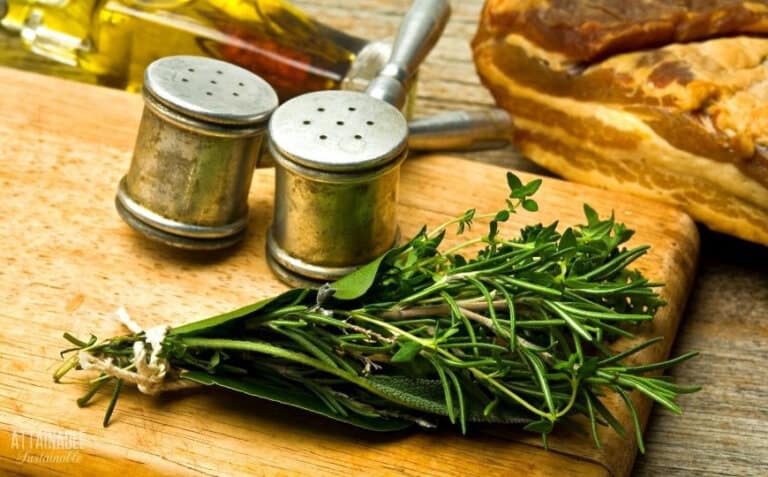

To facilitate rooting, cut a small lesion just below a node on the buried stem. Simply bend a stem down to the ground, remove the leaves from the stem, and cover it with soil. Layering of thyme plants will also result in an easy propagation of the herb. Keep the pot in a warm, shaded area and keep slightly damp. Remove the lower leaves and then push the cut end into a container of moist soil mix, vermiculite, or perlite. This is where the root formations are most viable. Take your thyme cutting at a node on the stem at a point where the leaves attach. Divide the little bush into smaller sections and make sure that each section has roots attached to it.Ĭuttings may also be taken in late spring for propagation of additional thyme plants. Propagate from root division during the spring months. This little shrub-like herb may easily be divided or propagated through cuttings for supplementary plants. Thereafter, in most climates, the plant will grow as a perennial and, once established, requires very little watering and no fertilization. Hardy in USDA zones 5 through 9, thyme will grow to around 12 inches (31 cm.) tall for upright cultivars and 10 to 12 inches (25-31 cm.) across. Keep young plants moist and thin to 6 inches (15 cm.) apart. Thyme plants thrive in hot, sunny areas of well-drained soil ( pH of 6.3) and should be sown by seed in the spring in a seed tray or directly into the garden. This member of the family Labiatae ( Thymus vulgaris) will not only thrive in the herb garden, but also does well in containers and some varieties are especially suited to tight areas among pavers in well-trod patios or walkways. As such, they are easy herbs to grow in most regions. Thyme plants can handle deep freezing conditions and are tolerant of drought. This herb may be sprouted from seed with additional propagating of thyme plants accomplished via root division, cuttings, and even layering. It is a hardy little plant most commonly grown for its essence of thymol, which gives a distinct flavor to foods in cuisines from French (herbs de Provence) and Lebanese to Italian, Greek, Turkish, Portuguese, and even the Caribbean. Thyme propagation can be accomplished in a number of ways. So how then does one propagate thyme? Propagating Thyme Plants With such a plethora of applications, it is a “must have” for the herb garden. Thyme was used by ancient Egyptians for embalming, as incense by the earliest Greeks, as a ward against nightmares, and even as a gift to foster courage among warriors during the Middle Ages. But I can’t promise you that your thyme plant can survive through summer.Thyme is an herb steeped in history with a wide range of uses not the least of which is culinary. Do cutting propagation per month: Thyme is afraid of hot, if you want to use fresh thyme in cooking every season, I recommend propagating thyme per month.Without this step, the terminal bud will grow tall, but the plant will not become luxuriant. Prune: Pinch off the terminal buds occasionally will let the lateral buds grow lush.Watching the leaves, if they turn to a little bit yellow, maybe overwatered or drainage system is not good. Fertilize: When finish milk or soy milk (sugar-free), use the milk bottle washing water to water the plants.If the plants are placed in the area that the rain can’t pouring down, spray water on the leaves occasionally.A lot soil of pot: Reduce watering frequency.Few soil of pot: Increase watering frequency.
#Propagating thyme in water full

Prepare a big pot that can let the thyme plant grow up for at least half year. Spring and autumn are good for scatter seeds to propagate thyme. If it’s a lot of rain or sunlight less then partial shade, the thyme still can’t survive. Unless transplant it to the middle of a mountain with cold air and partial shade. When summer comes, thyme is hard to survive.

In Taiwan, thyme becomes weak after spring. Although thyme is a perennial herb, but it’s afraid of hot.


 0 kommentar(er)
0 kommentar(er)
